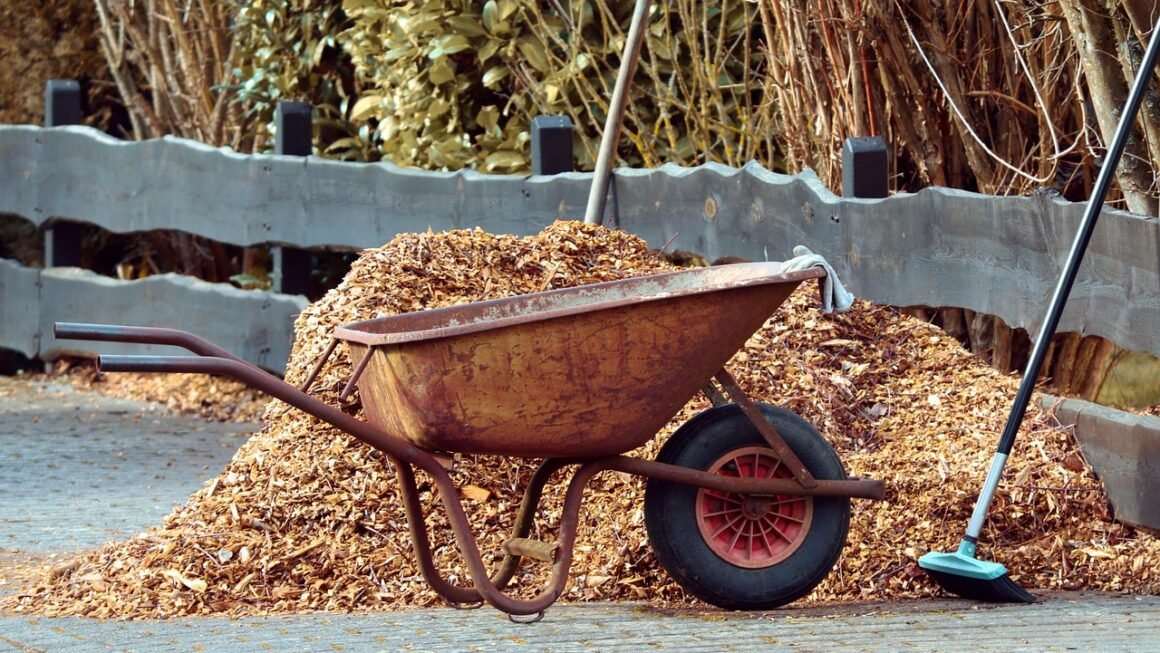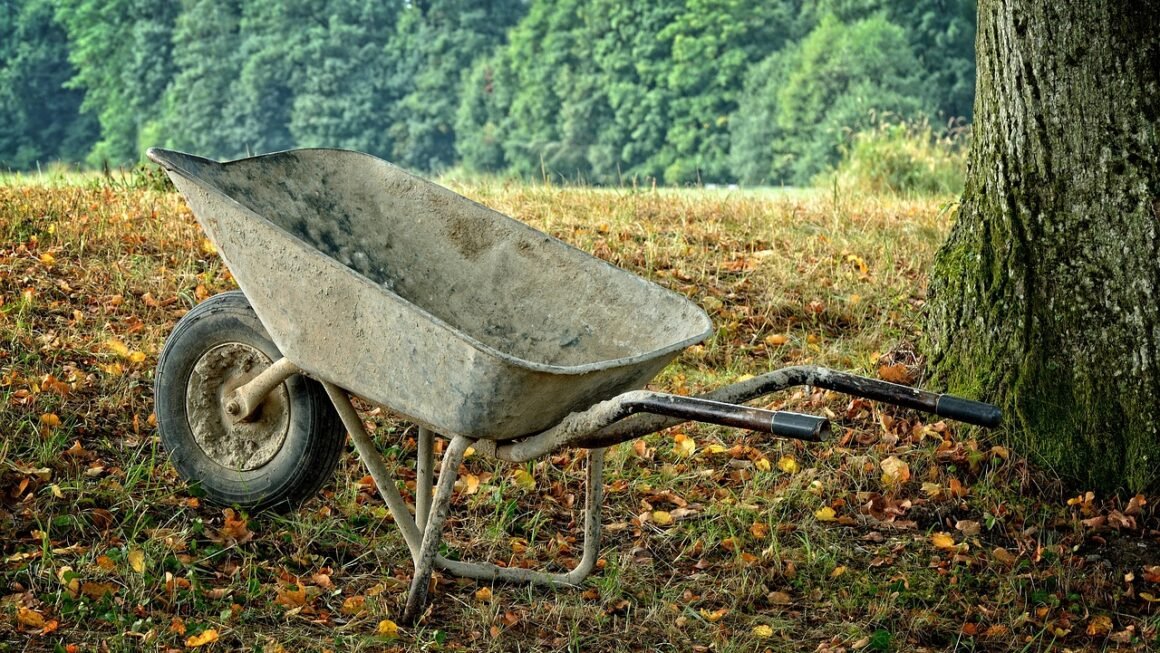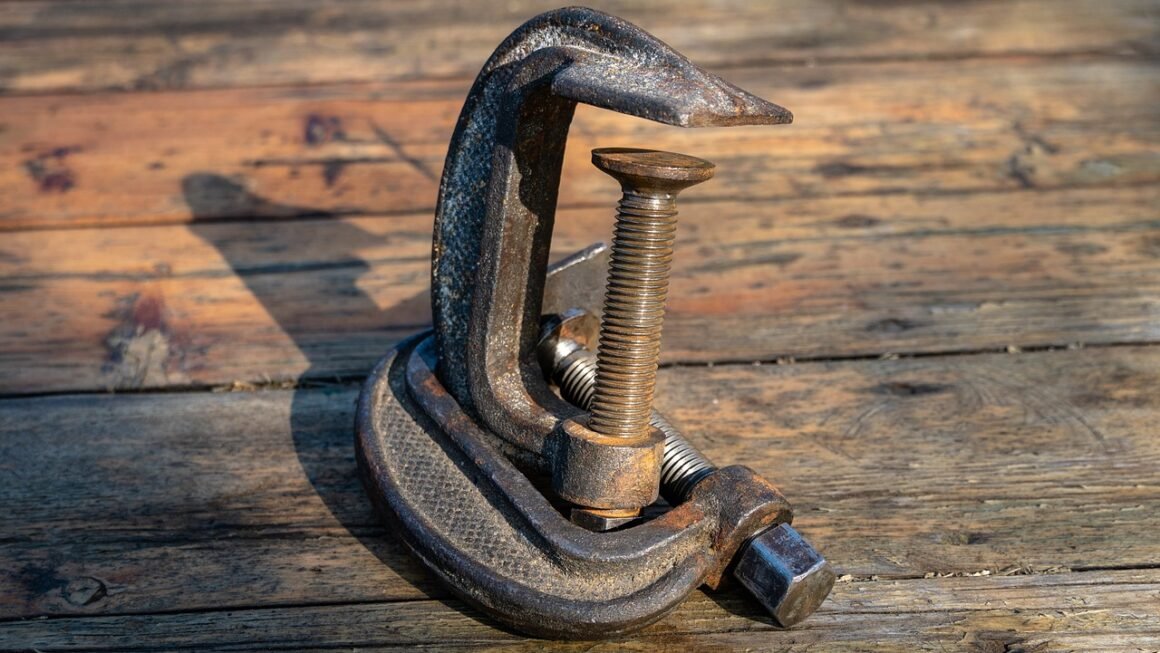Imagine effortlessly gliding across your lawn, the only sound the gentle whir of blades clipping grass to the perfect height. No tangled cords, no pungent gasoline fumes, just pure, unadulterated lawn care bliss. That’s the promise of the cordless mower, and it’s a promise that’s increasingly being fulfilled with each passing year. Let’s dive into the world of cordless lawn mowers and discover if one is right for you.
What is a Cordless Mower?
Defining a Cordless Mower
A cordless mower, also known as a battery-powered mower, is a lawn mower that operates on rechargeable batteries instead of gasoline or a power cord. This means freedom of movement and a quieter, more environmentally friendly mowing experience. They represent a significant evolution in lawn care technology, offering convenience without sacrificing performance (at least not anymore!).
Key Components of a Cordless Mower
- Battery: The heart of the mower. Lithium-ion batteries are the most common type, offering long run times and quick charging. Voltage (V) and Amp-hours (Ah) indicate battery power and capacity. Higher numbers generally mean more power and longer run times. For example, an 80V battery will typically deliver more power than a 40V battery, while a 5Ah battery will usually provide a longer run time than a 2Ah battery.
- Motor: Typically brushless motors are preferred as they are more efficient and durable than brushed motors, leading to longer run times and less maintenance.
- Cutting Deck: The housing that contains the blade. Deck size determines the width of each mowing pass. Common sizes range from 16 inches to 21 inches for residential mowers.
- Blades: Responsible for cutting the grass. Blade design can impact cutting performance and mulching capabilities.
- Safety Features: Include safety keys, blade brakes, and overload protection to ensure safe operation.
Benefits of Choosing a Cordless Mower
Freedom and Convenience
- No Cords: The most obvious advantage! Say goodbye to tangled cords and limited range. You can move freely around your yard without worrying about tripping or running out of cord length. This is especially beneficial for larger or oddly shaped lawns.
- Lightweight and Maneuverable: Cordless mowers are generally lighter than gas-powered models, making them easier to push and maneuver, particularly for users with limited strength or mobility.
Environmental and Economic Advantages
- Zero Emissions: Cordless mowers produce no emissions during operation, making them a much greener alternative to gasoline-powered mowers. Switching to a cordless mower reduces your carbon footprint and improves air quality in your neighborhood.
- Lower Running Costs: Electric mowers eliminate the need for gasoline, oil, and spark plugs. The only running cost is electricity to charge the battery, which is significantly cheaper than gasoline. A typical gas-powered mower might cost $20-$50 per season in fuel, while a cordless mower might only cost a few dollars in electricity.
- Reduced Maintenance: Cordless mowers require less maintenance than gas mowers. There are no carburetors to clean, oil to change, or spark plugs to replace. This saves you time and money in the long run.
Noise Reduction
- Quieter Operation: Cordless mowers are significantly quieter than gas-powered mowers. This is a major benefit for both the user and neighbors, especially in densely populated areas. Many models operate at around 75 decibels, compared to 90-100 decibels for gas mowers.
Choosing the Right Cordless Mower
Considering Lawn Size and Terrain
- Small to Medium Lawns (Up to 1/4 Acre): A 40V or 60V mower with a 16-19 inch cutting deck should be sufficient. Look for a run time of at least 30-45 minutes.
- Medium to Large Lawns (1/4 to 1/2 Acre): Opt for a higher voltage (60V or 80V) mower with a 20-21 inch cutting deck. Consider models with dual battery ports for extended run times. You might also think about purchasing an extra battery for larger properties to avoid interrupting your mowing.
- Hilly Terrain: Choose a self-propelled model with good traction and a powerful motor to handle inclines. Look for variable speed settings to adjust to the terrain.
Key Features to Look For
- Battery Voltage and Amp-Hours: Higher voltage means more power, while higher amp-hours mean longer run time. Aim for a balance that suits your lawn size and mowing needs.
- Cutting Deck Size: A wider deck covers more ground per pass, reducing mowing time.
- Self-Propelled vs. Push Mower: Self-propelled mowers make mowing easier, especially on larger or hilly lawns.
- Mulching, Bagging, and Side Discharge Capabilities: Consider which grass disposal method is best for your lawn and preferences. Mulching returns nutrients to the soil, while bagging provides a cleaner look. Side discharge is useful for taller grass.
- Adjustable Cutting Height: Allows you to customize the grass height to your desired level.
- Brushless Motor: Brushless motors are more efficient, durable, and quieter than brushed motors.
- Warranty: A longer warranty provides peace of mind and protects your investment.
Popular Cordless Mower Brands
- EGO: Known for their powerful batteries and innovative features.
- Greenworks: Offers a wide range of affordable cordless mowers.
- RYOBI: A popular choice for homeowners with a range of power tools.
- DeWalt: Renowned for their durable construction and powerful performance.
- Craftsman: A trusted brand with a long history of quality lawn care equipment.
Maintaining Your Cordless Mower
Battery Care and Storage
- Proper Charging: Follow the manufacturer’s instructions for charging the battery. Avoid overcharging or leaving the battery on the charger for extended periods.
- Optimal Storage: Store the battery in a cool, dry place. Avoid extreme temperatures.
- Winter Storage: Remove the battery from the mower during winter storage. Charge it to about 40-50% and store it in a climate-controlled environment.
Blade Maintenance
- Sharpening: Sharpen the blade regularly to ensure a clean cut. A dull blade can tear the grass, making it more susceptible to disease.
- Balancing: After sharpening, balance the blade to prevent vibration and damage to the mower.
- Replacement: Replace the blade when it becomes worn or damaged.
Cleaning and General Care
- Clean After Each Use: Remove grass clippings and debris from the mower deck after each use. This will prevent rust and corrosion.
- Check for Loose Parts: Regularly inspect the mower for loose bolts, screws, and other parts. Tighten them as needed.
- Store Indoors: Store the mower indoors in a dry place to protect it from the elements.
Common Cordless Mower Myths Busted
Myth: Cordless Mowers Lack Power
- Reality: Modern cordless mowers, especially those with high-voltage batteries and brushless motors, offer comparable power to gas-powered mowers.
Myth: Cordless Mowers Have Short Run Times
- Reality: Battery technology has improved significantly. Many cordless mowers now offer run times of 45 minutes or more on a single charge. Dual-battery models provide even longer run times.
Myth: Cordless Mowers Are Expensive
- Reality:* While some high-end cordless mowers can be pricey, there are many affordable options available. Over the long term, the lower running costs and reduced maintenance can offset the initial cost. Plus, many batteries are cross-compatible with other tools from the same brand, saving you money.
Conclusion
Cordless mowers have revolutionized lawn care, offering a compelling blend of convenience, performance, and environmental friendliness. By carefully considering your lawn size, terrain, and desired features, you can find a cordless mower that perfectly fits your needs. With proper maintenance and care, a cordless mower can provide years of reliable service, making lawn care a more enjoyable and sustainable experience. Embrace the future of lawn care and ditch the cord!




